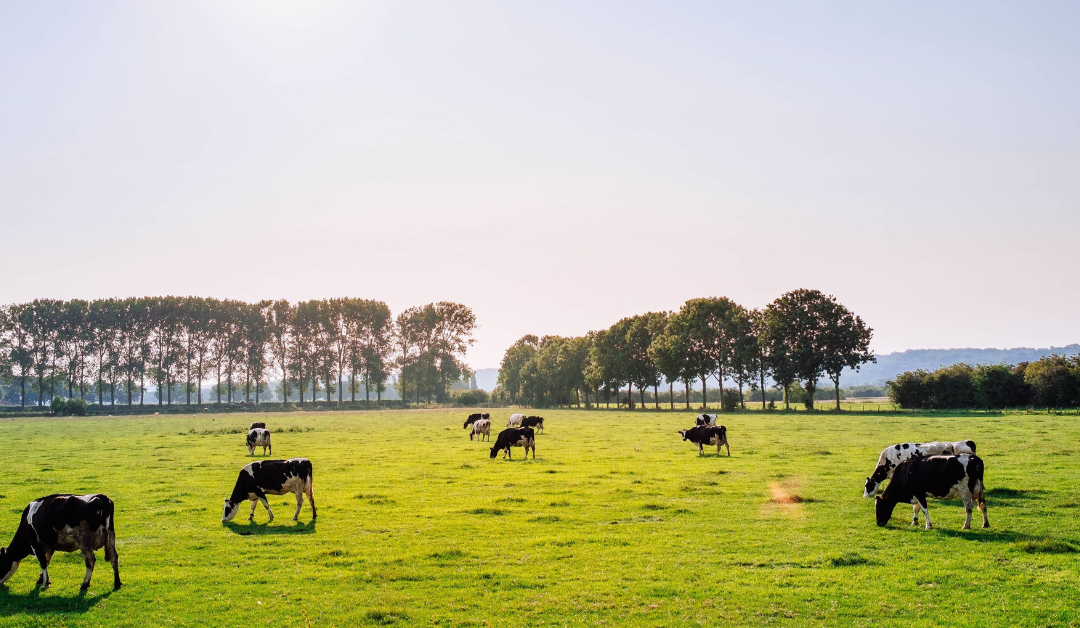At this point in the year, with breeding underway, the focus on nutrition should be centred around always having high quality grass available to the main grazing herd. Target pre-grazing yields of 1,200-1,400 Kg DM/ha, while also ensuring to clean out swards to at least 4 cm to keep quality in the subsequent rotations.
There is renewed curiosity regarding reducing feeding rates at grass due to increasing feed costs. However, it is important that several factors are considered when deciding on feeding rates on farm. Grass availability and quality should be the first dictating factors, as well as body condition of the main herd coupled with current milk output.
At this point, crude protein requirements of the cow are being matched by grazed grass, and low protein concentrates (:’.S15%) should be offered to the grazing herd. Remember, a 1% reduction in concentrate crude protein during the grazing season, could potentially result in a 5% reduction in GHG and ammonia emissions.
Typical feeding rates at grass, depending on milk output and grazing conditions/grass quality:

Mineral requirements of the milking cow
PICA is often a noticeable issue on farm during this time of year – typically caused by phosphorus (P) deficiency. Symptoms often present themselves as licking or foraging for foreign objects/stones.
At times PICA symptoms can be exacerbated by a secondary issue of low dietary fibre in the cow’s diet (grazing lush, low fibre covers). Due to its link to fertility where deficiencies are prolonged, ensure the herds phosphorus requirements are being met over the coming weeks.
Further Information
For further information on managing the freshly calved cow, contact your local Agritech Sales Advisor.


